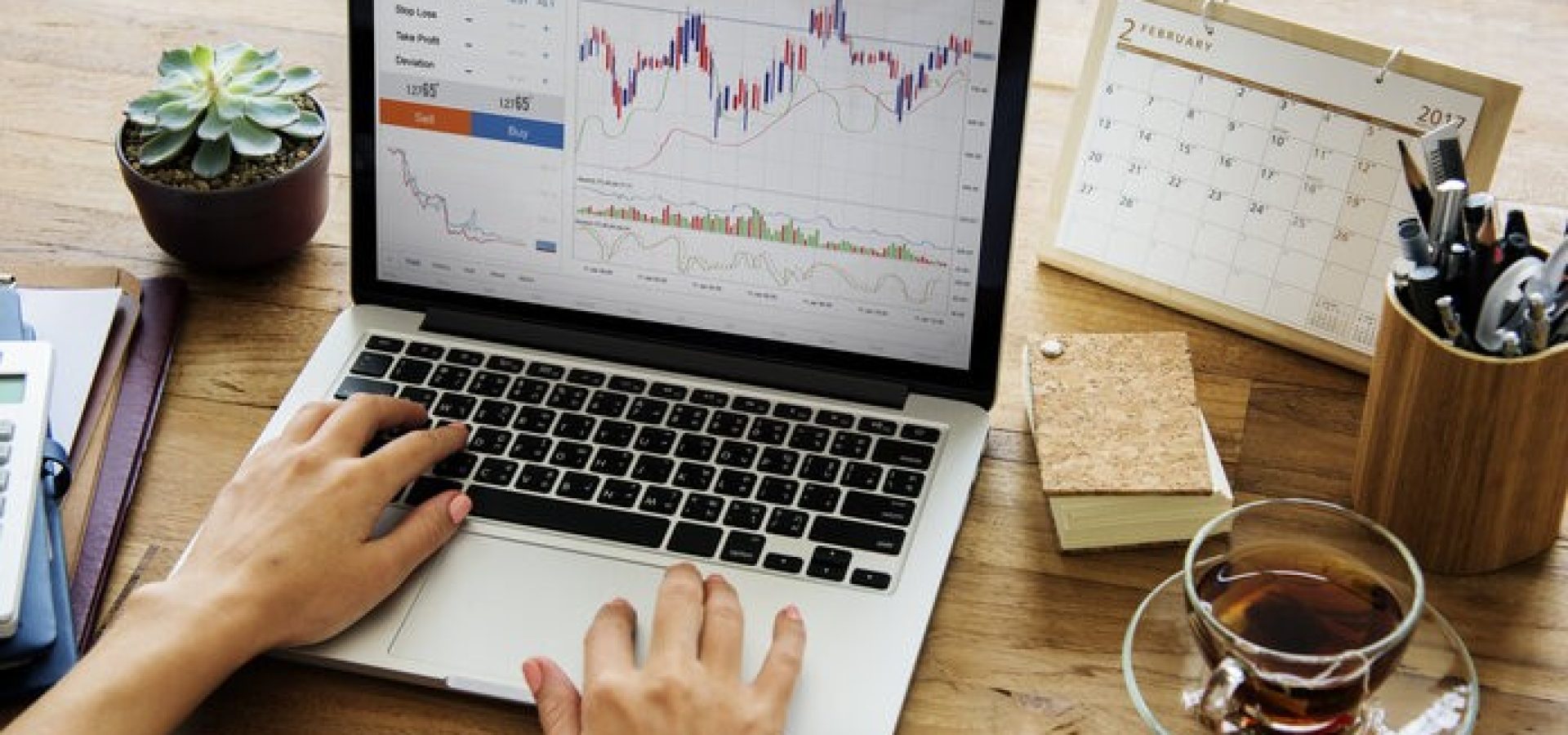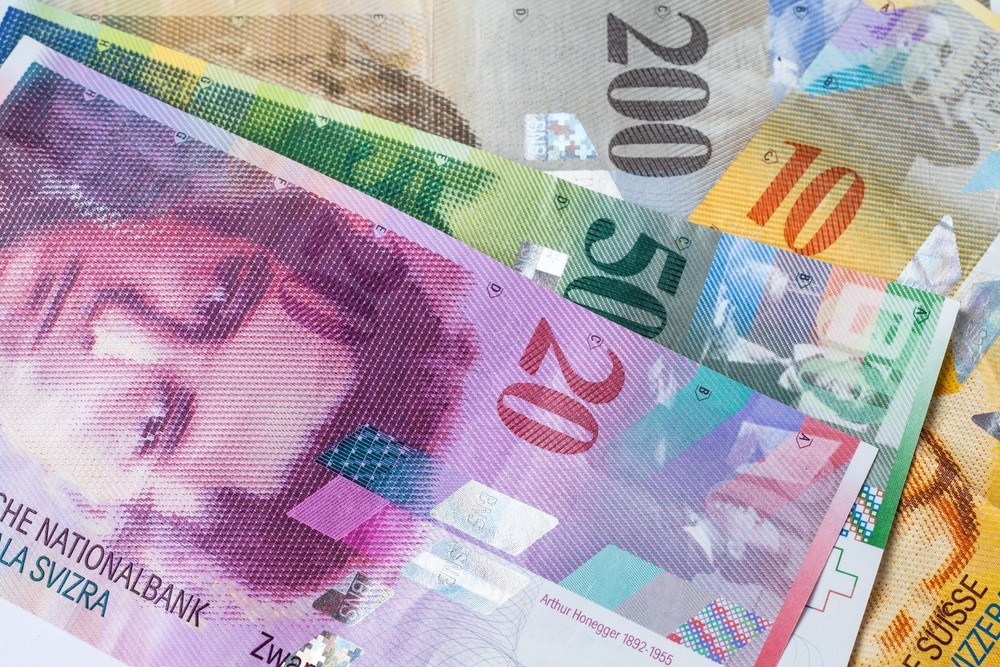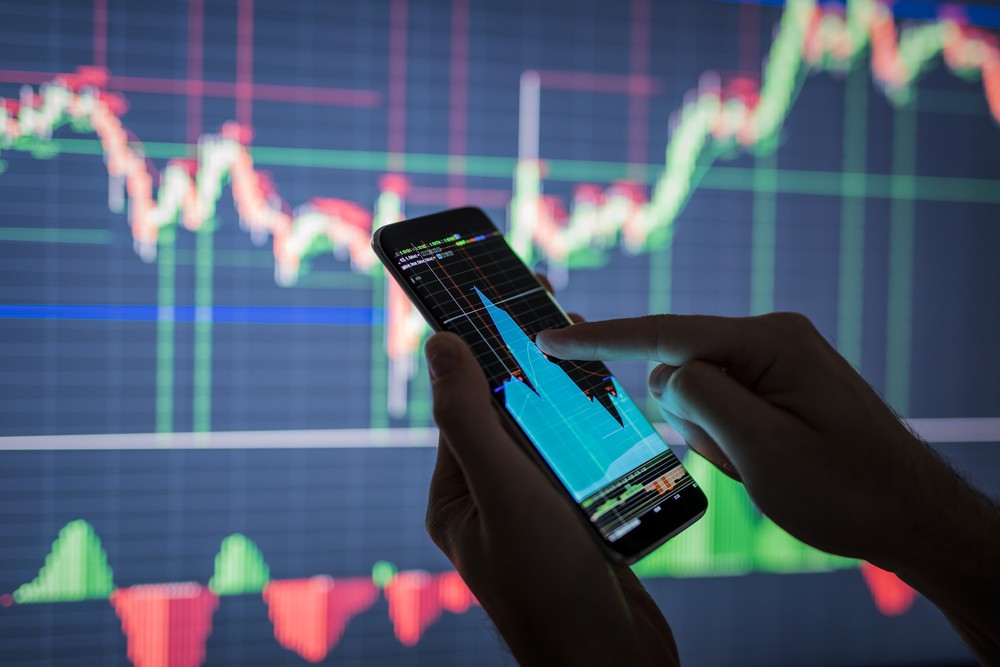As the name implies, Forex (foreign exchange) relies on buying and selling currencies from all over the world, making it one of the most liquid markets on the planet. Forex is decentralized. What differentiates it from other markets is that investors compete using large hedge funds and banks. This means they need to set up an account that is the right type for them.
The trading account consists of three main types: standard, managed, and mini. Every account has its pros and cons and deciding which one works for you depends on what type of trader you are, how much you can tolerate risk, your initial investment size, and how much time you have daily for trading without any distraction or stress.
The Basics
A mini account would be the best for beginners since it automatically reduces the maximum lot size to 10,000 dollars. It’s suitable for those with a limited amount of money. If you have experience and are going towards becoming a professional, the managed account is worth the fees. The standard account is the most used. This is because its standard lots go up to 100,000 dollars, and its account leverage is 100:1. Consider what you should choose from what we’ve already mentioned above; your time, skills, and experience. You can always upgrade once you have grown as a trader or the account doesn’t meet your needs anymore.
Standard Accounts
The standard trading account meaning lies in the fact that users’ access to standard lots is worth $100,000. Keep in mind you are not obliged to put down the whole $100,00 to trade. 100:1 is the margin and leverage, and they indicate you need $1000 to be in the margin account if you want to trade one standard lot.
The Pros and Cons
Service is usually excellent for these account users because trading accounts means asking for up-front capital to trade full slots. Almost all brokers will give better service to individual investors with this type of trading account. Since each pip is worth 10 dollars, you can gain up to 1000 dollars if the position moves 100 pips per day. You can’t gain this much nor is it possible with any other trading account unless you trade more than one standard slot. The capital requirement might be considered a flaw since the starting minimum starts at $2000 and sometimes even $5000. The highest is $10000.
You can gain much with this type of trading account. But this means you can lose a lot, as well, if the pips move against you. If you are inexperienced, this could bring you down. So that’s why this trading account is better for established, experienced traders.
Mini Trading Accounts
A mini trading account allows traders to use mini-slots for making transactions. Mostly, a mini lot is worth one-tenth of a standard account ($10,000). Experienced brokers will offer you a mini account if you are a new client and are anxious about trading full slots.
Pros and Cons of Mini Trading Accounts
There is a much lower risk when you use mini trading accounts, meaning inexperienced traders can be “secured” even if they act impulsively. On the other hand, experienced traders can try out new strategies without risking too much of their investment. Low capital requirement is what makes mini trading accounts popular. Particularly, you can open them with only a minimum of $250 to a maximum of $500. The leverage is up to 400:1. Mini trading account meaning is in its flexibility – it’s easier to manage risk with mini lots because you can diversify your trades easier without much capital.
Since there is low risk, a low reward can be a minus for a mini trading account. If you trade $10,000 lots, you can make only 1 dollar per pip movement. This is why this account is recommended for beginners to try out different trading strategies without much loss.
Managed Trading Accounts
Managed trading accounts are the ones where the capital is yours, but you are not the one who decides when to buy or sell. That’s why trading account meaning is “managed.” Your job is to set your profit goals and figure out risk management. And thereon, the account managers will handle everything for you.
We have two types of managed accounts: individual accounts and pool funds. Pooled funds are accounts where your money is in a mutual fund from other investors, and you share profits. Individual trading accounts are where a broker will handle them individually and make decisions for each investor instead of putting them all in a pool, like the first one.
Pros and Cons of Managed Trading Accounts
Having managed trading accounts means you will have an expert advising you on how to handle your account. If you don’t have enough time to observe and analyze the market by yourself, this is a great option. People consider the bad side of managed trading because they require a minimum of $2,000 to start investing (if you want a pooled account), and $10,000 if you seek an individual account. Don’t forget account managers also charge fees that are calculated monthly.
Flexibility is another “problem” with this type of trading account. You can’t place a position if you see the market is moving since you put the responsibility on the account manager. You can only hope he will make the right choice. This is why managed trading accounts are primarily for high-capital investors who don’t have enough money to regularly monitor the market.
In Conclusion
Whichever type of trading account you choose, it’s vital to be aware of your flaws and strengths. Remember to test it out and never put all of your eggs in one basket. Since there are different trading account options, it’s up to you to see and talk with an expert about which one would suit you the best, so you can have profitable trades.










COMMENTS